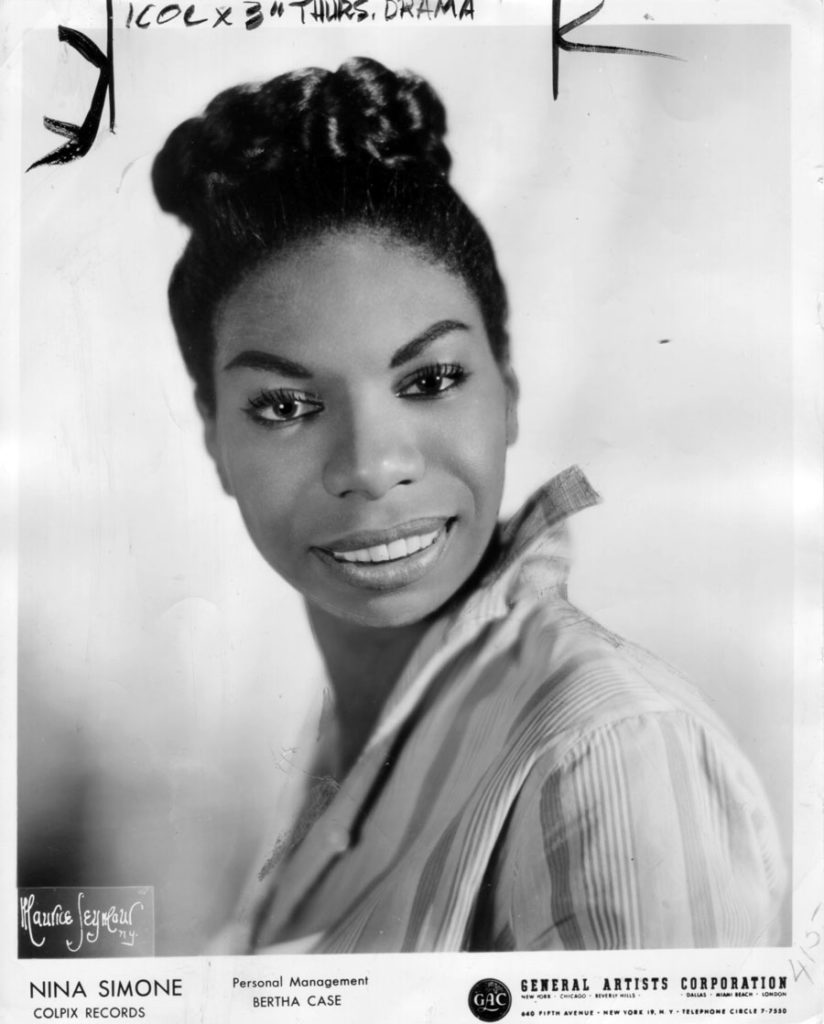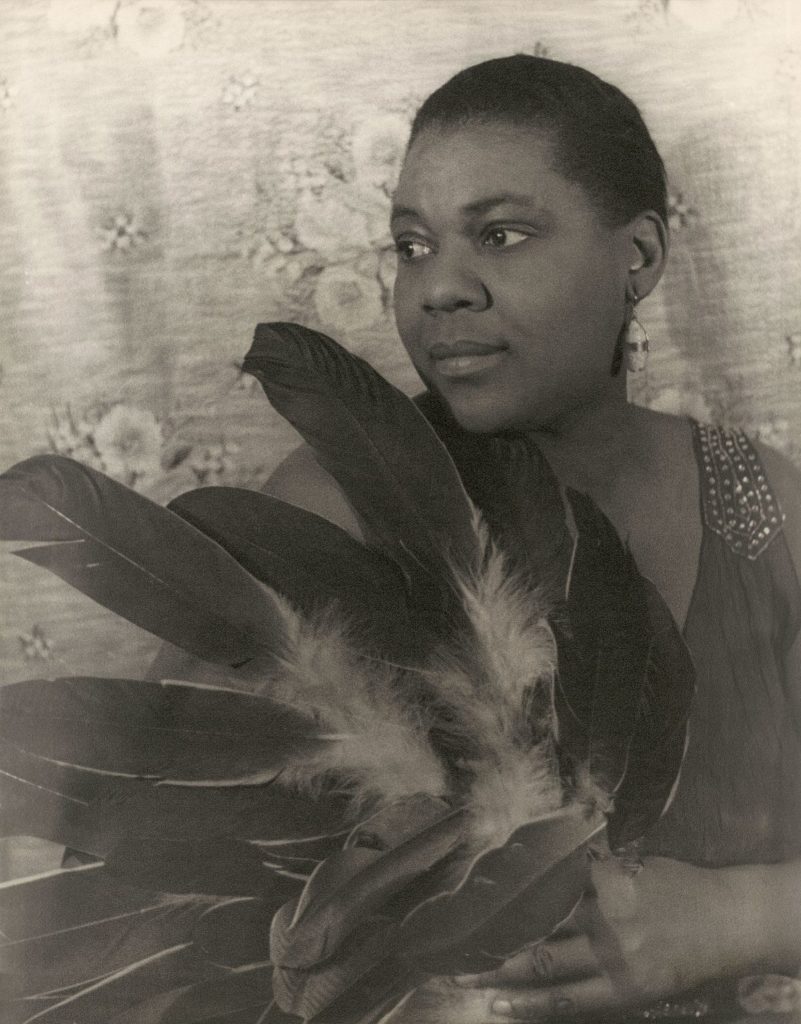Bessie and Nina Take The Stage
By • September 13, 2017 0 2047

Washington theatergoers are enjoying the serendipitous opportunity this fall of seeing and experiencing productions about Bessie Smith and Nina Simone, two of the most compelling figures in the annals of female blues and jazz performers.
At the Atlas Performing Arts Center, 1333 H St. NE, Mosaic Theater Company has already begun its third season under its founding artistic director, Ari Roth, with “The Devil’s Music: The Life & Blues of Bessie Smith” by Angelo Parra. The show runs through Sept. 24 in the Theresa and Jane Lang Theatre, with the multi-talented and multitasking Miche Braden in the title role.
Later this fall, from Nov. 10 to Dec. 24, Arena Stage, 1101 6th Street SW, will bring Christina Ham’s “Nina Simone: Four Women” to its Kreeger Theater. Harriett D. Foy stars in this exploration of Simone’s dynamic and often troubled life.
Braden is reprising her Off-Broadway portrayal of Smith, while Ham, a prolific and committed playwright, imagined a play that deals with how Simone was affected by a visit to the site of the 1963 bombing of the 16th Street Baptist Church in Birmingham, Alabama. That horrific act, by four Ku Klux Klan members, killed four girls — three aged 14 and one aged 11.
The two plays are radically different in character, time, history and style. “The Devil’s Music,” while not a straight jukebox musical, includes a generous offering of some of Smith’s most enduring songs, including “Saint Louis Blues,” “I Ain’t Got Nobody” and “’Tain’t Nobody’s Bizness If I Do.” It also re-imagines Smith’s legendary last evening, after her band was turned away at a whites-only theater.
“The Devil’s Music” was conceived and directed by Joe Brancato, but its heart and soul is Miche Braden. “You know, we think of the blues as about sorrow and heartbreak and everything that goes with hard living and pain,” Braden said. “Bessie was a strong woman. She enjoyed life and she was frank about it. The lyrics of the blues in those days were frank and strong and sexual. She owned them, she as the Empress of Blues.”

Bessie Smith in 1936. Photo by Carl Van Vechten.
Braden brings her Detroit professional and musical background to the role and the production. She was the founder and lead singer of Straight Ahead, a women’s jazz band, and a protégé of Motown musicians like Thomas “Beans” Bowles, Earl Van Dyke (leader of the Funk Brothers) and composer Harold McKinney.
“I don’t know how Bessie would have fared in today’s world,” she said. “I think she would have been upset and sad that so very little had changed in terms of race and in terms of black people.”
Simone was born Eunice Kathleen Waymon in 1933, the sixth daughter of a preacher in Tryon, North Carolina. She wanted to be a concert pianist and applied for a scholarship at the renowned Curtis Institute in Philadelphia, which was denied. Throughout her life, she was convinced that it was due to her race. This embittered her, but also to some extent led to her singing career.
Though “Nina Simone: Four Women” includes singing, Ham wanted to focus on a particular moment. She sought to portray not only Simone herself, but how that moment affected other black women, particularly Auntie, a maid; Sephronia, a school teacher; and Sweet Thing, a young prostitute. Ham imagined how the visit to Birmingham changed Simone, who was already working on her rousingly defiant song “Mississippi Goddam.”
“I think Simone was very dedicated. She was passionate, and engaged, but also had her difficult and troubles. She was diagnosed as bipolar,” Ham said. “The experience at the church transformed her, made her more involved, more active, stronger.”
In the lives they lived — in part, due to the times they lived in — Smith and Simone were dissimilar. Yet each was vividly self-contained. Smith, dazzling, bigger-than-life, bawdy and earthy and ahead of her time, was at the peak of her popularity in the 1920s, when her style of powerful blues ignited a recording and performing career.
In Simone’s case, the bitterness, which never left her, led her to the civil rights movement and to using her gifts to spur racial progress through an obvious edge and anger.
Both, in their music and in their individuality, were entirely unforgettable.

